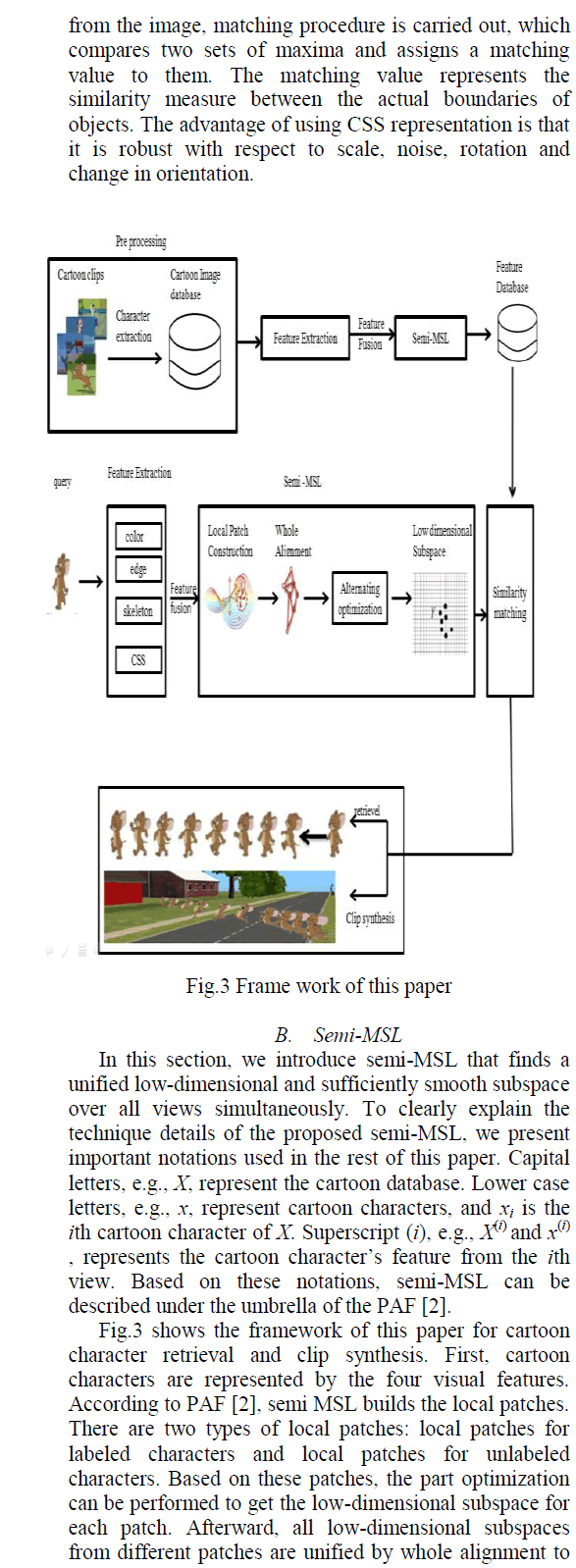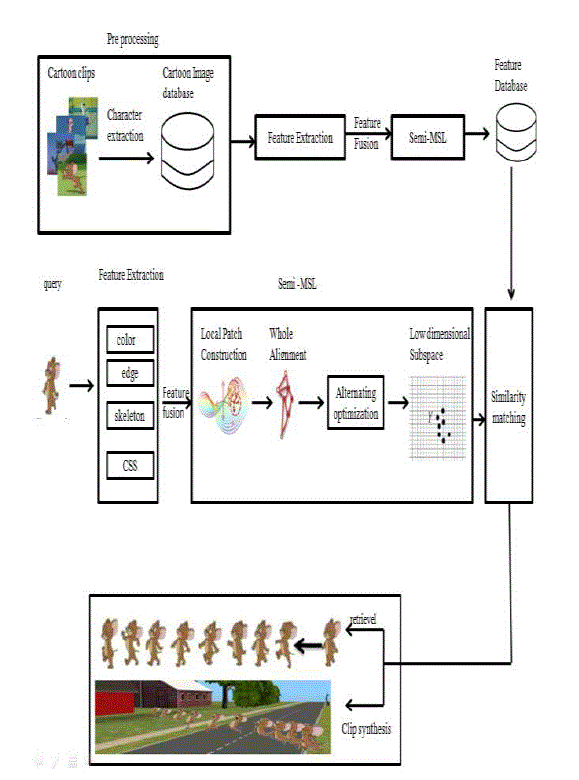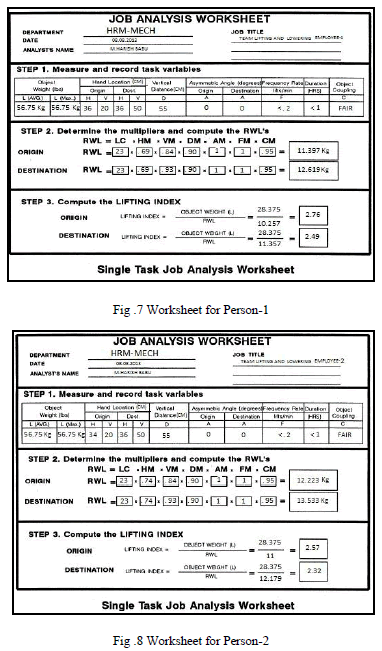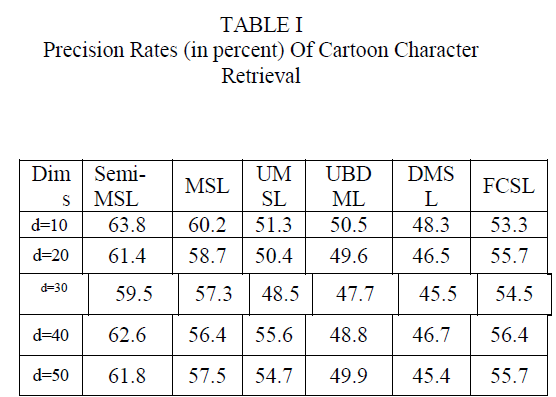ISSN ONLINE(2319-8753)PRINT(2347-6710)
ISSN ONLINE(2319-8753)PRINT(2347-6710)
M.Harish Babu1, M.Uthayakumar2, K.Murugabhoopathy3
|
| Related article at Pubmed, Scholar Google |
Visit for more related articles at International Journal of Innovative Research in Science, Engineering and Technology
To ensure employee safety by Ergonomics principles and knowledge of the human body, this paper mainly addresses the issue of team lifting when changing the job holders of Motorized Duplex Tong Crane in a Hot Rolling Mill. This work also analyzes the ergonomic risk factors by the tools such as Rapid Entire Body Assessment tool (REBA) and Revised National Institute of Occupational Safety and Health (NIOSH) lifting equation. Ergonomics hazard is evaluated by NIOSH hazard evaluation worksheet to minimize the hazard level. Based on the analysis it is found that suitable control measures can be provided for safe lifting.
Keywords |
| NIOSH; Ergonomics; REBA; Hot Rolling Mill. |
INTRODUCTION |
| Ergonomics is the science of improving employee performance and well-being in relation to job tasks, equipment, and environment. It is a relentless pursuit and continuous effort to design the workplace for what people do well, and design against what people does not do well, thereby fitting the job to the person to enhance human performance. The desire to improve tools and working conditions is an innate human trait. The conceptual basis of ergonomics has existed for over 500 years. As a result of a surge in activities associated with increasing industrialization, the discipline began to formalize during the twentieth century. The word ergonomics was created in 1949 to define a growing area of research and engineering interest involving the interaction of people with industrial and military technology and demanding physical environments. |
| Criteria were developed that defined the limits of human capacity. Descriptive statistics outlined visual and auditory perception, mental workload limits were roughly defined, human reach and strength limits were cataloged, and initial work on physiological capacity defined cardio-Pulmonary limits for exertion. Taken together, these laws of work defined the limits to human capability much like the specifications for a machine define its limits. |
| Ergonomic issues in the workplace can be summarized as awkward positions, excessive forces, and extreme frequencies of movement. These are the primary risk factors for the development of work-related musculoskeletal disorders [1] (WMSDs). Just like the fire triangle, in which three components - postures, forces, and frequencies can work together to turn small ergonomic issues into big problems and create an Ergonomics Fire Triangle. The same risk factors that contribute to WMSDs are also barriers to industrial performances. Repeatability of production operations is compromised when extreme postures are required, and recovery times from high level force applications increase the non-value-added content of work tasks. At a microelement level, the similar motions that contribute to ergonomic risk are the motions that rob operations of efficiency. |
| The Ergonomics Fire Triangle reminds us to focus job improvement efforts on the most critical ergonomic issues. |
RELAT ED WORK |
| Work related low back disorders[1] (LBDs) due to manual lifting tasks (MLTs) have long been recognized as one of the main occupational disabling injury that affects the quality of life of the Industrial people to understanding the phenomena of LBDs and building classification that could effectively distinguish between high risk and low risk MLTs that contribute to LBDs. As of today, however, the occupational exposure limits of different risk factors causing LBDs as well as the guidelines preventing them have not yet been fully proposed. |
| The purpose of this study was to investigate the effect of an individual lifting capacity and stature on the efficiency of team lifting[2] work. An experiment which simulated a form-lifting task on a construction work site was performed. A two-man work team lifted a box from knuckle height to shoulder height at a rate of 2 lifts per minute. This study was to investigate the effect of individual lifting capacity and stature on the efficiency of team lifting work. It is concluded that the difference of stature and the difference and the sum of individual lifting capacities in a team affect team lifting efficiency and capacity. It is recommended that the difference of stature in team members should be minimized in a team lifting work. |
| Work related musculoskeletal disorders (WRMDs) are a leading cause of disability and workers compensations. Rapid entire body assessment [3,4] (REBA) was carried out to assess musculoskeletal loads on workers due to their postures, repetition, and force. Nordic musculoskeletal questionnaire (NMQ) was also used to obtain prevalence of entire body disorders. |
DEFINITION OF PROBLEM |
| The objectives of this study are to conduct a risk assessment during team lifting[2]. It is simple and careful examination on what various of work could cause harm to people, so that enough precautions should be taken and to prevent harm. Employees have a right to be protected from harm caused by a failure to take reasonable control measures. Accidents and ill health can affect lives and business. Assess the risks in workplace so that it provides suitable plan to control the risks. |
FIELD STUDY AND DATA COLLECTION |
| The study has been carried out in Hot Rolling Mill section Workers while carrying and lifting the job holders are examined carefully by Applying a two method REBA[3,4] and Revised NIOSH Lifting equation[5]. The objective of the preliminary work was therefore to highlight the dominant risks within the chosen steel plant. This holds true as the specified plant had thousands of workers present working within hundreds of different workstations and tasks. Medicinal records were for that reason used to gain a perceptive insight as to where to concentrate first in order to conduct a relevant ergonomic risk assessment. The work background, job requirements and diagnostic criteria play a vital role in identifying the prevalence of any Musculoskeletal disorders MSDs[6] and cyclic maintenance work, such as that found on an assembly line in an steel plant[6], is known to be a high risk for MSDs . An observation period of the assembly tasks within the lines was then conducted to identify problem areas and facilitate in the quantification and categorization of the risks. The manual assembly area was selected as this had the manual materials handling and placed the greatest demands on the workers. Once specific lines and tasks had been identified, information that is more detailed was required with risk assessment tools. Hence, prioritization of the lines occurred and high-risk tasks were identified for further scrutiny in the laboratory. The following manuscript refers to the initial phase of the assessment, which includes the methodology followed to identify risk and narrow the focus, including the details and results obtained through the aforementioned process. |
| A. Rapid Entire Body Assessment method using ErgoFellow (Version – 2.0) software |
| The Rapid Entire Body Assessment (REBA) tool[3,4] for application in the health care and other service industries. Here posture, force, movement or action, repetition and coupling are assessed. It means to assess position for the risk of WRMSDs. The tool considers critical areas of a job and for each task; it assesses the position factors (Refer with Fig - 1,2,3,4,5) by assigning a score to each region. The data obtained through assessment of the task is then entered which gives a REBA score for each task that indicates the level of risk and urgency with which action should be taken. Various criteria can also be used to choose postures to analyze and the use of time sampling can be utilized. Using ErgoFellow (Version-2.0) software to obtain perfect result. |
 |
 |
 |
| Comments- |
| REBA Total score is 8.So Risk level is High (Refer with Fig-6) some modification like engineering improvements required during team lifting. |
| B. Revised NIOSH lifting equation |
| The objective of this study is to evaluate the internal validity of the NIOSH lifting equation[5] with the results of psychophysical and biomechanical data obtained from laboratory studies involving two man (Team lifting) tasks performed. |
| a) Evaluate of the differences between the Recommended Weight Limit (RWL) and Maximum Acceptable Weight of Lift (MAWL) obtained from this study; |
| b) Estimation of the Lifting Index (LI) of the different task conditions studied; |
| c) Investigation of the form of the asymmetric multiplier in the revised NIOSH equation and its applicability to the tasks discussed in this study; |
| RWL = LC × HM × VM × DM × AM × FM × CM |
| LC - Load Constant; HM - Horizontal Multiplier; VM - Vertical Multiplier; DM - Distance Multiplier; AM - Asymmetric Multiplier; FM - Frequency Multiplier; CM - Coupling Multiplier |
| For Single man lifting -LI = Load Weight / RWL |
| For Two man Lifting ( RWL = 0.90 × RWL Calculated) |
| LI PERSON-1 = ( ½ Actual Weight)/(0.90 × RWL PERSON-1) |
| LI PERSON-2 = ( ½ Actual Weight)/(0.90 × RWL PERSON-2) |
 |
| Comments- |
| Lifting pattern is continuous over 35 minutes work session. Lifting index are more than 1(Refer with Fig – 7, 8). Eliminate the manual lifting method of the job and appropriate lifting method and redesign of working method is required. |
| C.NIOSH Hazard Evaluation worksheet |
| Risk factors (General & Specific) involved in the process were checked by NIOSH Hazard evaluation worksheet. Potential risk involved in each activity was assessed by NIOSH work sheet and found to be more “Yes” responses. This is the indicative of conditions that pose a risk of developing low back pain, the larger the percentage of “Yes” responses, the greater the risk(Refer with Table – 1). Based on the results, focus was given to reduce the risk factors |
 |
REMEDIAL ACTIONS |
| Based on the analysis eliminate the team lifting method and using some alternate lifting method. |
| 1) Use mechanical handling aids like tools, Hoists, Manipulators, counter balanced lifters, Pallet lifts, Tilt lifts, Stackers, Forklifts. |
| 2) Eliminate load carrying and using Trolleys,Conveyors. |
| 3) Match the workstation height with Trolleys. |
| 4) Examine the possibility level of using team lifting for less frequent operation. |
| 5) Consider workplace height. |
| 6) Floor suface should be clean.Remove loose materials from work place. |
| 7) Consider work area layout. |
| 8) Reduce need for operatives to bent while lifting. |
| 9) Reduce need for operatives to reach over head and shoulder height. |
| 10) Ensure loads are positioned conveniently close to the operative to avoid excessive reaching. |
| 11) Raise pallet loads up from the ground, use pallet lifts, tilt lifts or height flexible tables and trolleys. Consider workplace, trolley and equipment height and layout. Adjustability to suit a variety of individuals is preferable. |
| 12) Self levelling pallet lifts and tables can be used to control lifting height to below shoulder height for stacking operations, inspect shelf heights. Organise operations such that high and low level handling is only carried out for infrequent and / or lighter weight operations. |
| 13) Ensure the preponderance of loads, tools and work components are positioned in front of the operative. Locate the target point of a load far enough away from the operative to increase the likelihood of operatives moving their feet. Use conveyors or trolleys to transfer loads, use ball bearing conveyors to move loads in different directions. Initiate operatives to move their feet and maintain good trunk posture. |
CONCLUSION AND FUTURE ENHANCEMENT |
| Risk factors are identified in a (Hot Rolling Mill) steel plant, which needed ergonomic Assessment. The purpose of this work was to examine lifting. Poor posture and improper lifting movements can lead to local mechanical stress on the physique, ligaments and joint. This results problem with neck, back, shoulder and wrist. These problems can be avoided by executing this work. This lifting method can be enhanced by safe alternate lifting methods as a future work. |
ACKNOWLEDGMENT |
| This work fully supported by management of Salem Steel Plant (SAIL). They granted us permission to carry out this work successfully. |
References |
|